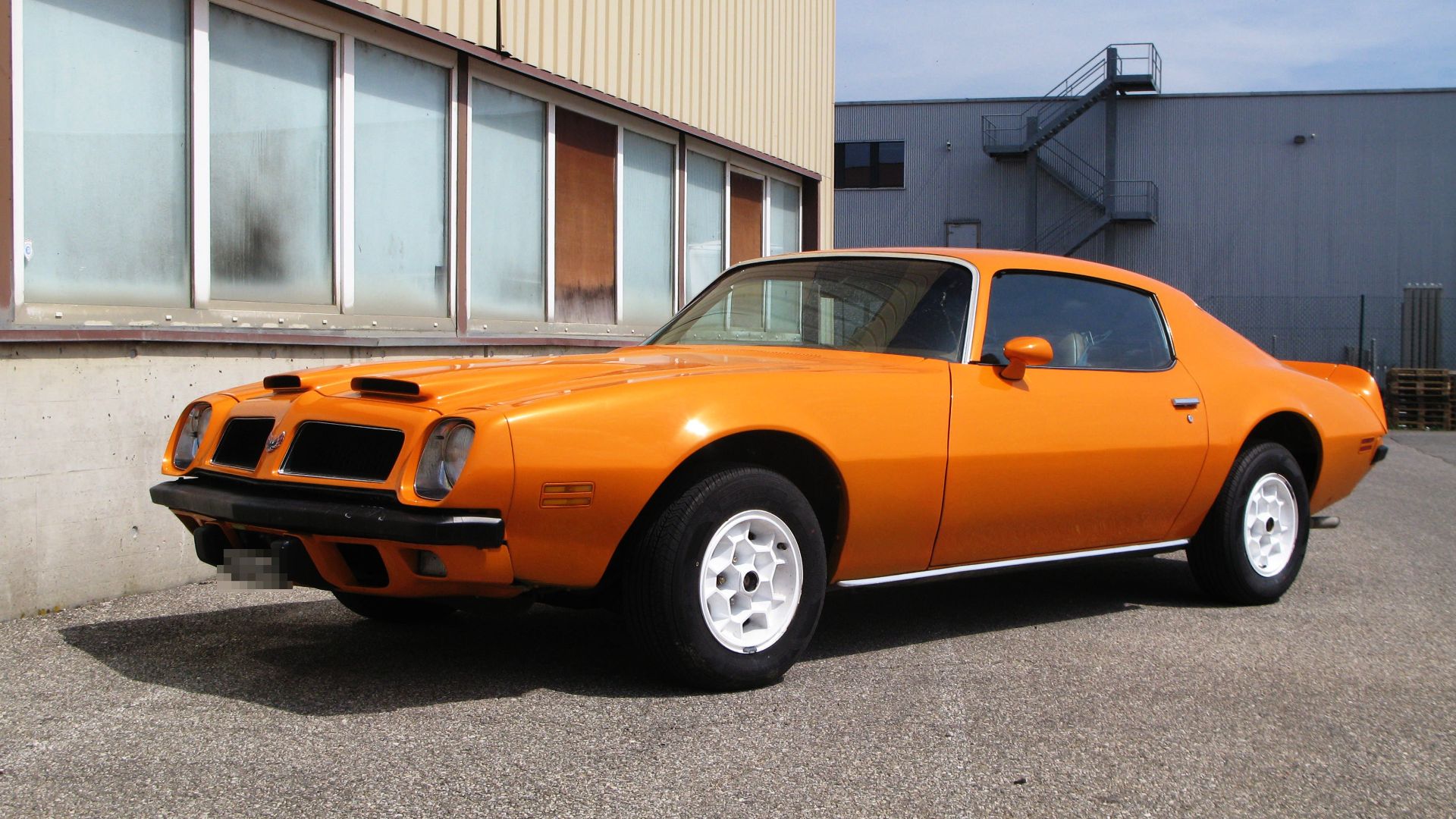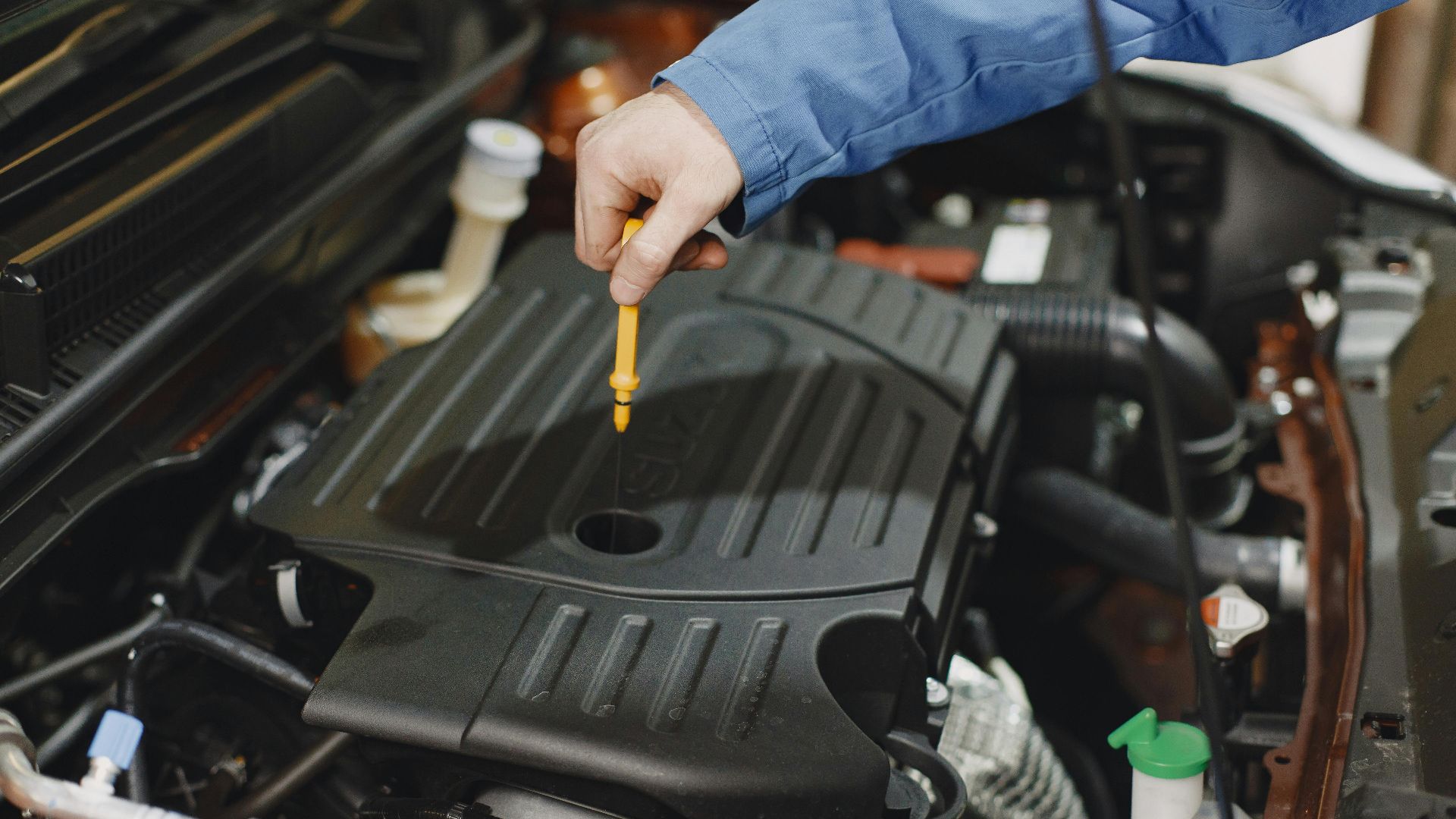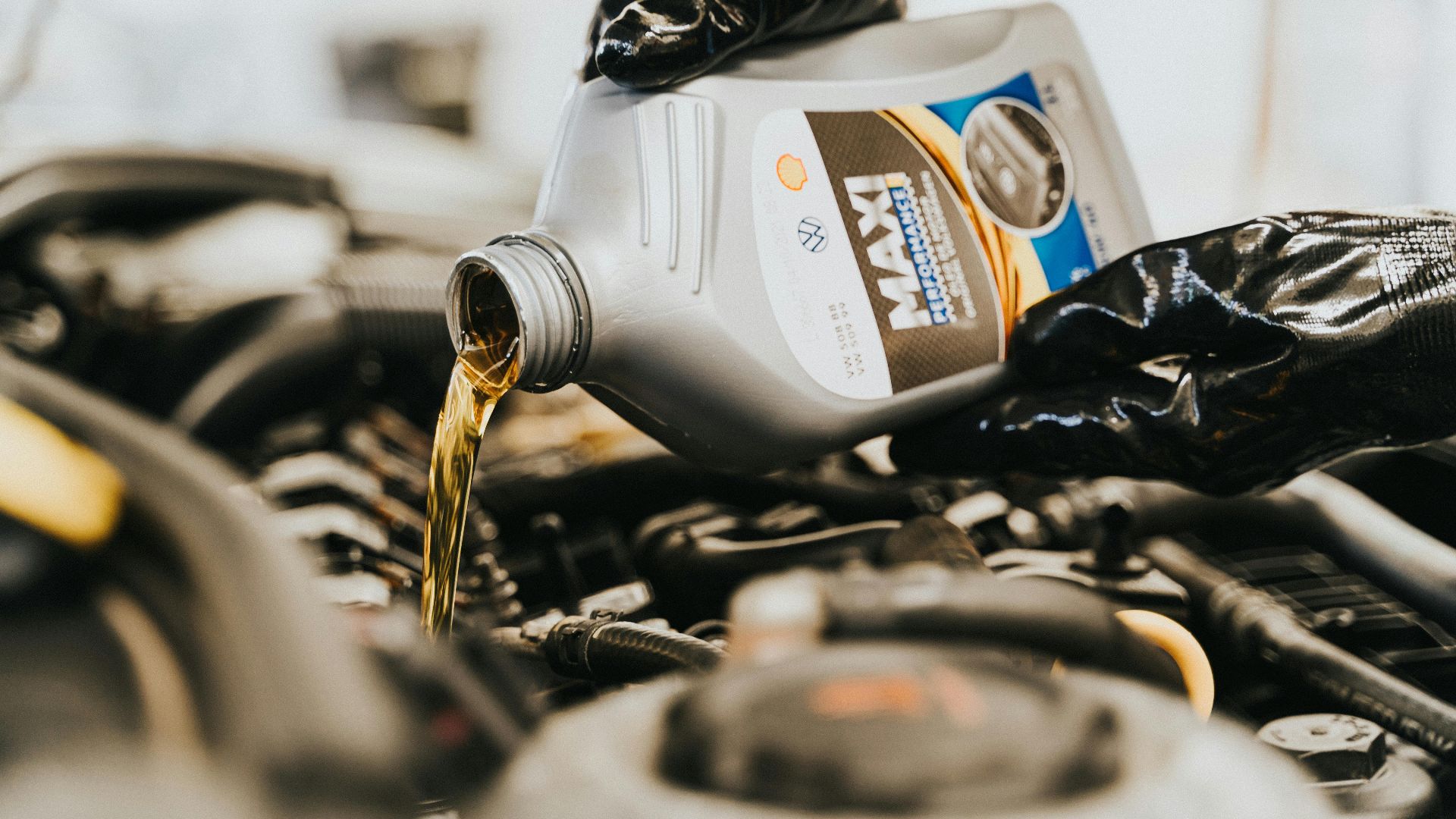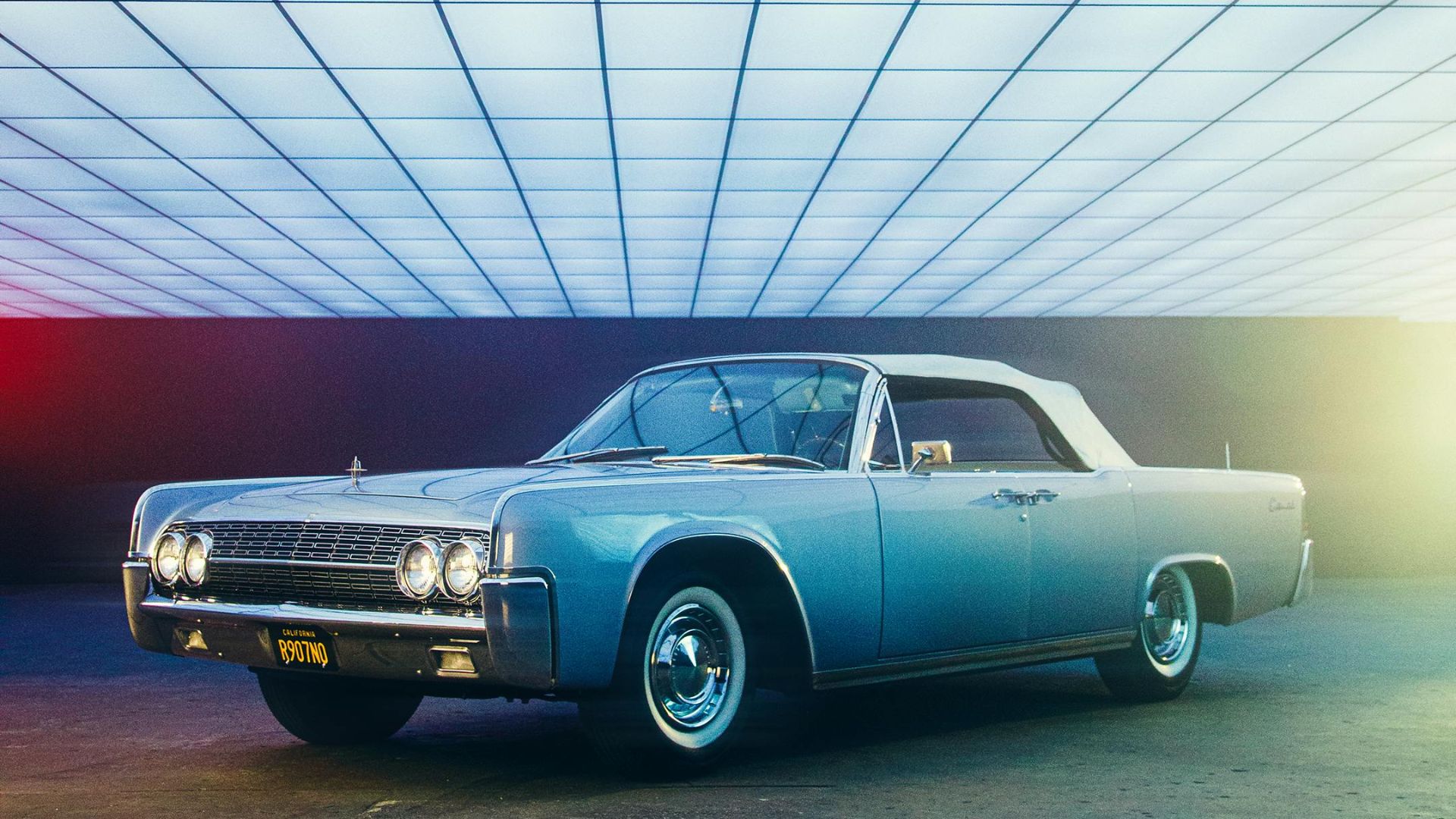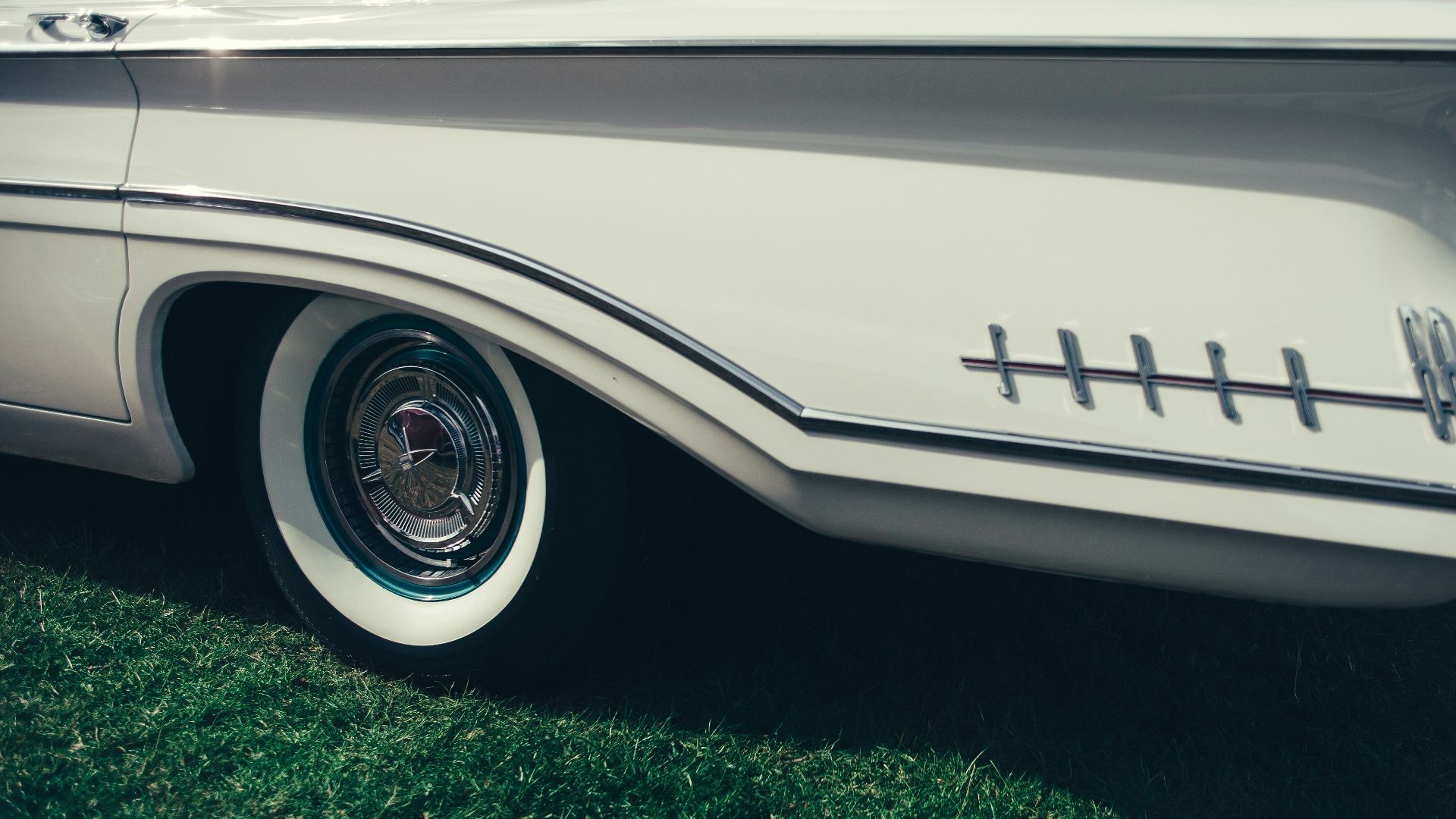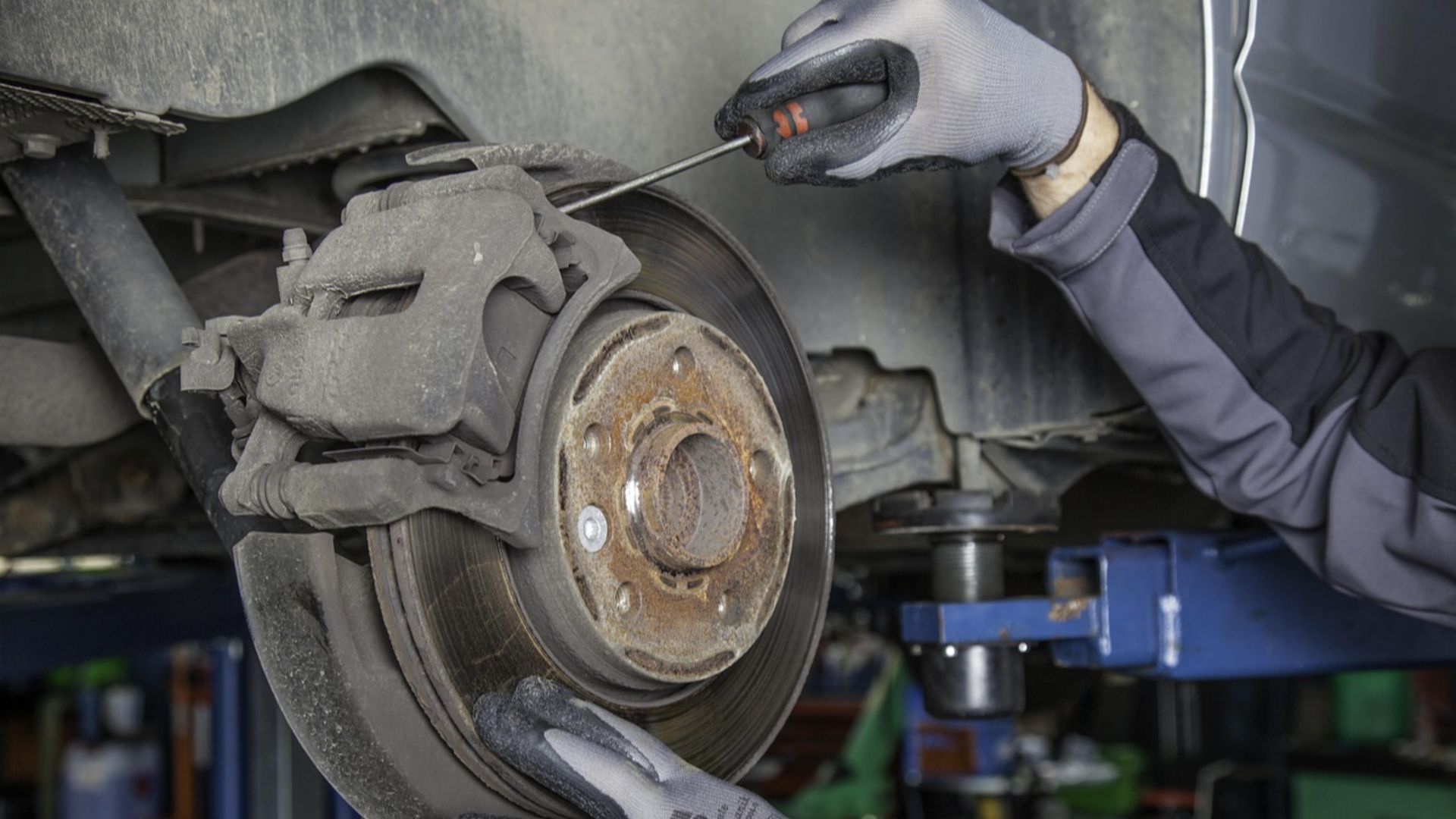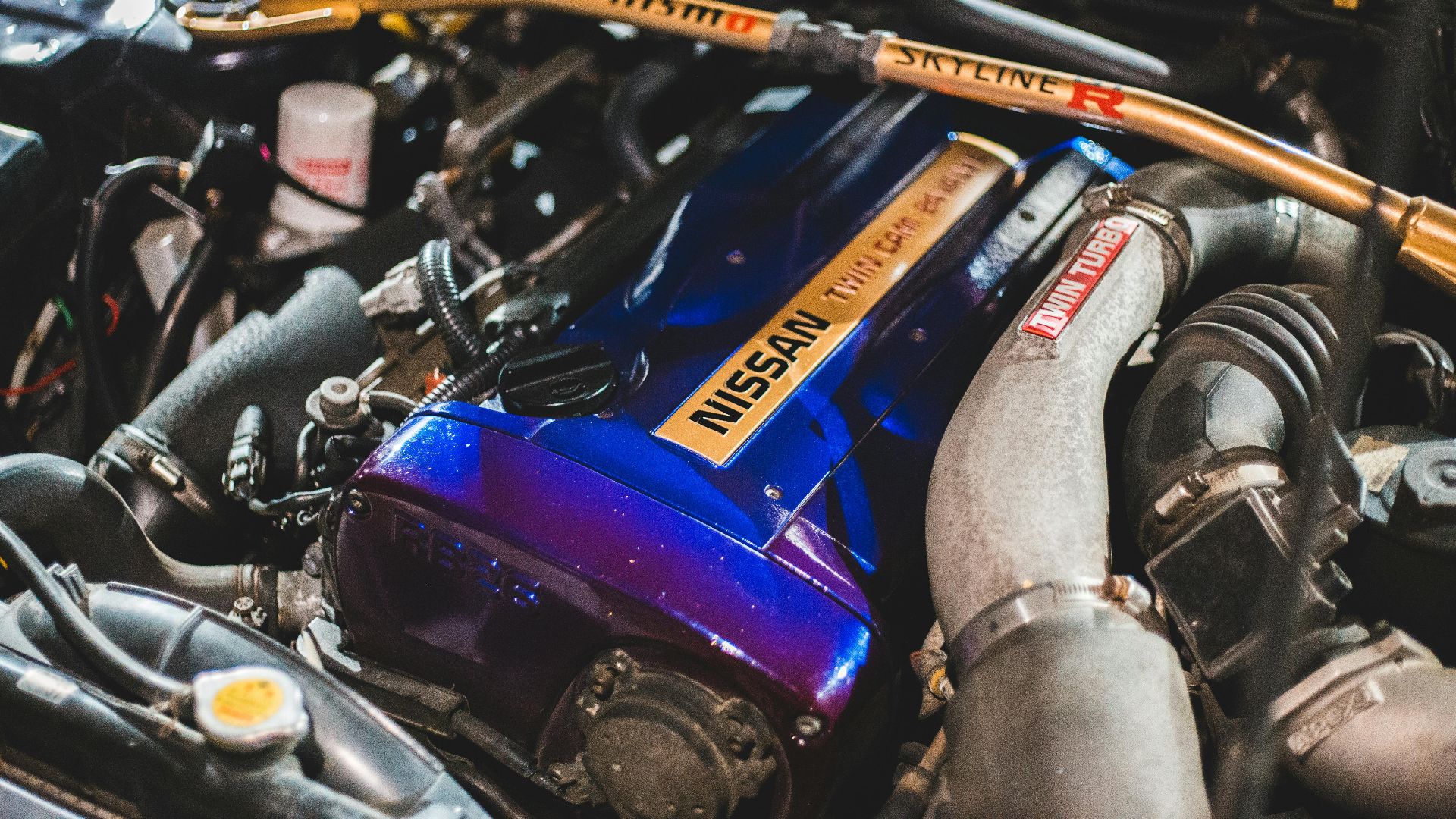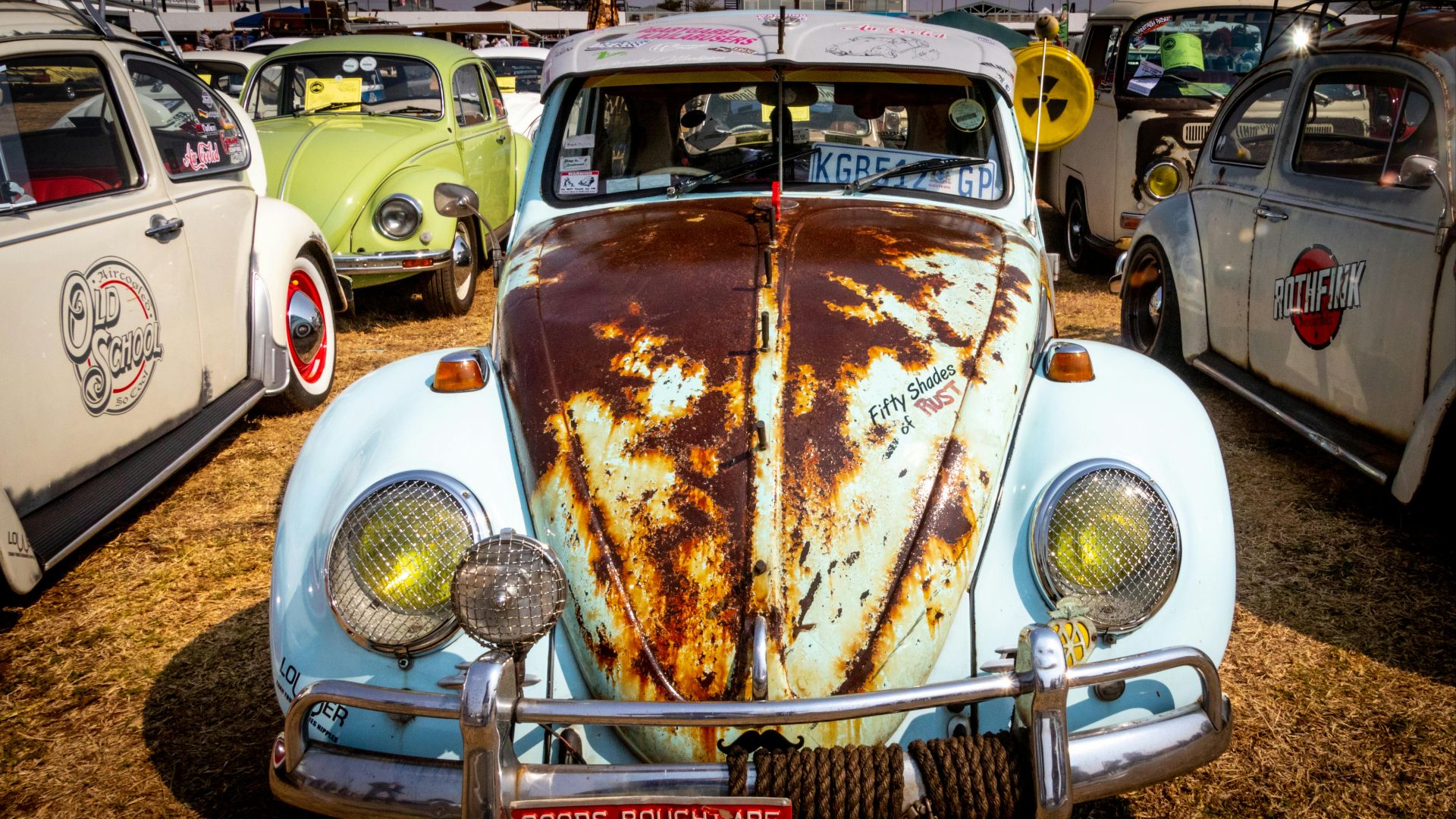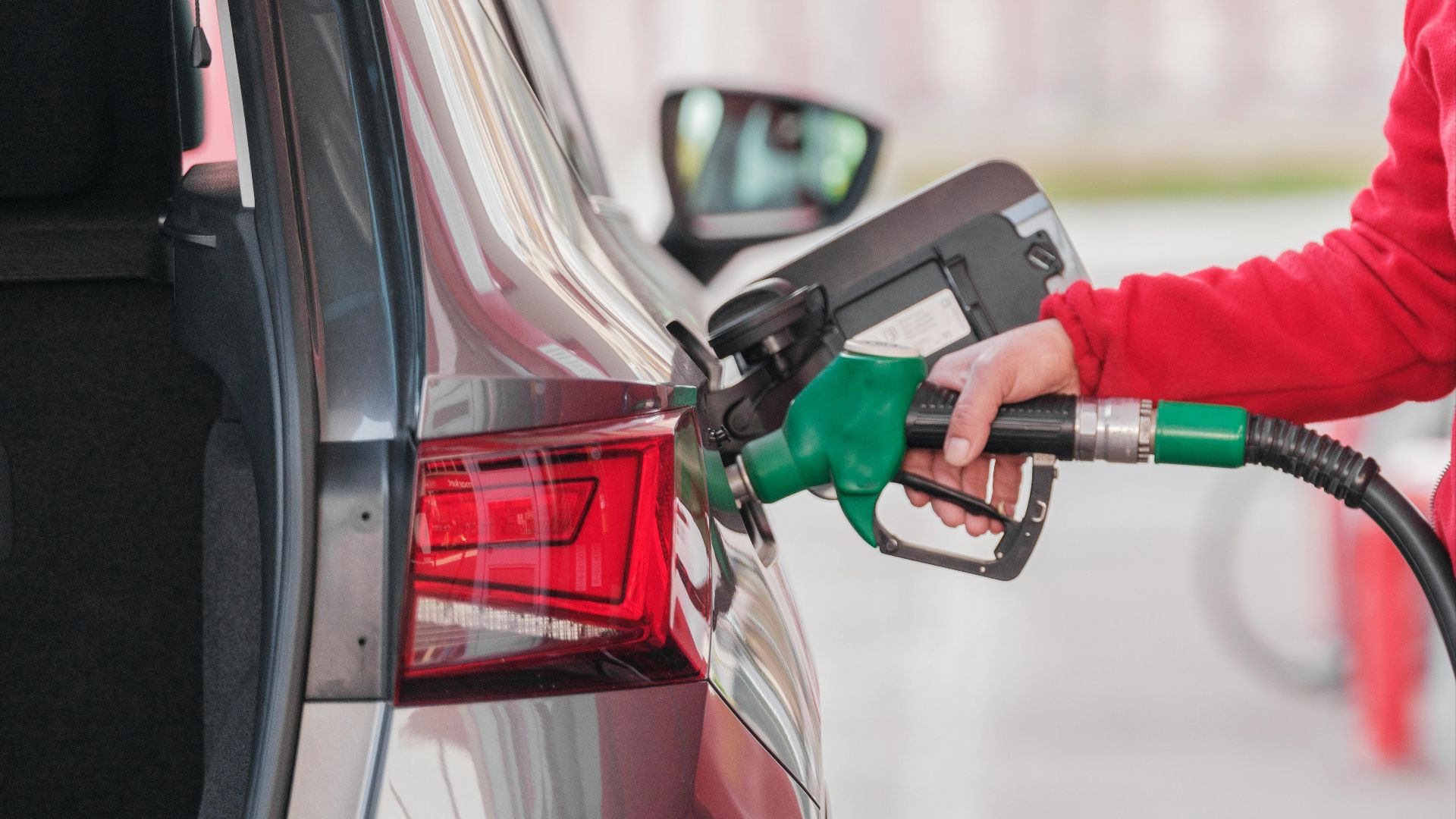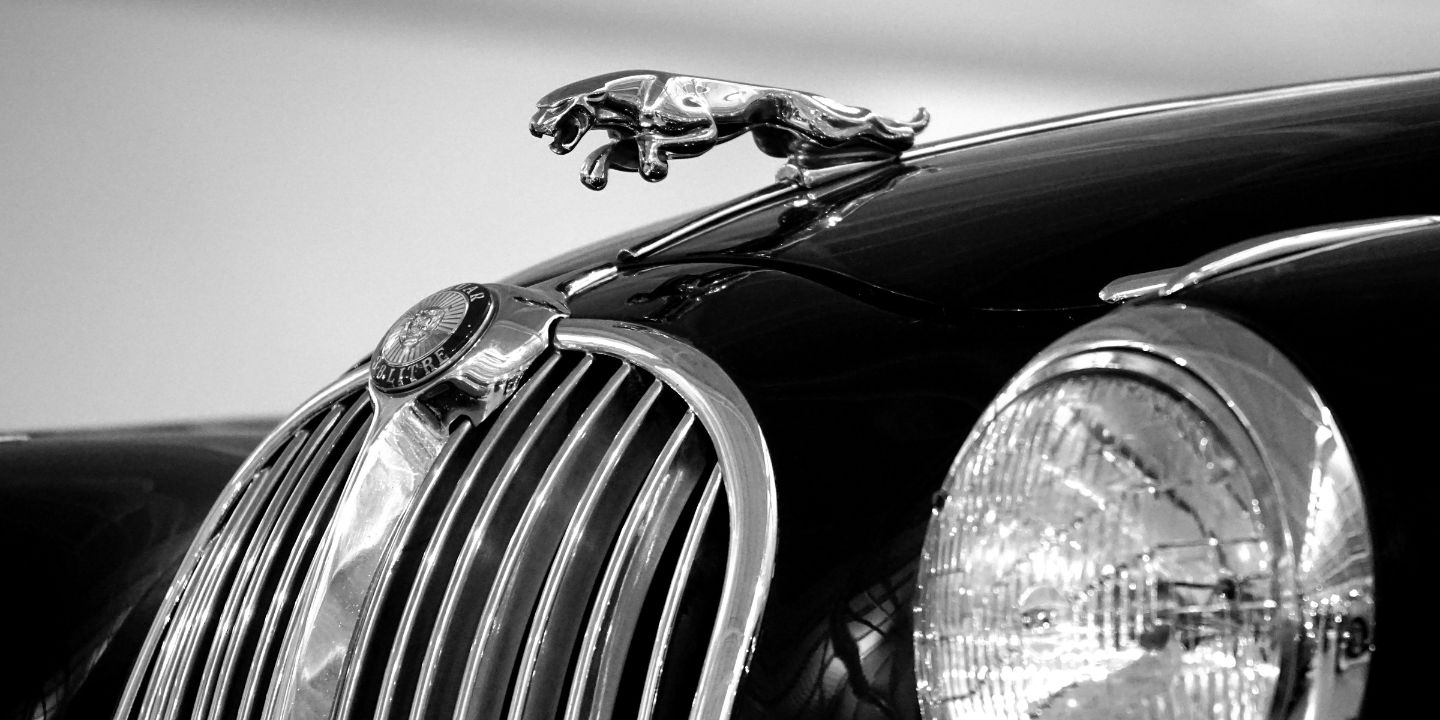Keep Your Classic Car Thriving
Have you got a classic car in your garage? If so, then you already know it’s your four-wheeled trophy. Treat it right, and it'll reward you with a smooth ride and jealous stares. But neglecting it could be the worst mistake of your life. So, here are 20 holy grail tips to keep that vintage beauty running like a dream and looking sharp enough to outshine all of the newest cars on the road.
1. Regular Fluid Checks
Neglected fluids cause catastrophic failures. Engine oil lubricates moving parts, coolant prevents overheating, and brake fluid ensures stopping power. Unlike modern cars, classic engines consume more fluids due to outdated seals and tolerances. Hence, check levels weekly and always carry extra coolant.
2. Frequent Oil Changes
Fresh oil keeps an engine running like a dream. Over time, contaminated oil thickens, causing friction and premature wear. Synthetic blends may work, but always warm up the engine before draining old oil to ensure that debris flows out completely.
3. Proper Storage Conditions
Extreme temperatures wreak havoc on classic cars. Cold weather thickens fluids, and humidity invites rust in the most unexpected places. Store it indoors with a dehumidifier or silica gel packs to absorb moisture. If parking outside, avoid direct sunlight—UV rays fade paint, harden rubber, and dry out interior fabrics.
4. Regular Driving
A car sitting still for months ages faster than one that’s driven weekly. Every few weeks, take it for a long drive, letting the engine reach a full operating temperature to burn off moisture inside the exhaust system. Short trips won’t do—it takes at least 20 minutes for oil to circulate through all internal components.
5. Routine Inspections
Classic cars don’t come with warning lights for every problem, making manual inspections essential. Run a hand over the hoses to detect soft spots or cracks. Look for telltale oil drips under the engine—black means engine oil, red signals transmission fluid, and green indicates coolant.
6. Tire Maintenance
Vintage cars often use bias-ply tires, which require different care than modern radials. These older designs flat-spot easily when parked for too long. To prevent this, roll the car back and forth periodically or use jack stands to keep weight off the tires.
7. Brake System Checks
Drum brakes, common in pre-1970s cars, overheat faster and require more maintenance than modern discs. If the pedal sinks to the floor, the master cylinder could fail. Bleed the system every two years to remove air bubbles that reduce braking efficiency.
8. Cooling System Maintenance
Engines from past decades weren’t designed for today’s traffic. Overheating destroys cylinder heads. Flush the coolant annually and check for radiator leaks. If the water pump groans or the thermostat sticks, replace them before a breakdown leaves you stranded.
9. Use Of Quality Parts
Cheap parts ruin great cars. Ever installed a reproduction part that fits almost right? That’s a headache waiting to happen. Ill-fitting bushings cause vibrations, and bad rubber seals let water in. A cheap part might save you money now, but it’ll likely cost you twice as much in frustration down the road.
10. Electrical System Care
Vintage cars use generators instead of alternators, which require periodic voltage regulation. If the dashboard lights dim when revving the engine, the voltage regulator may be faulty. Original wiring insulation degrades faster than modern materials—replacing key wires prevents fires.
11. Rust Prevention
Moisture hides in crevices, where it’s hardest to spot. Waxing only protects the surface; real rust prevention requires coating the undercarriage with oil-based inhibitors. Hence, if the car was originally undercoated, reapply for protection every few years.
12. Proper Lubrication
Squeaky hinges and stiff steering mean your car is screaming for lubrication. Classic cars have more grease fittings than modern ones, and skipping them leads to parts grinding against each other like bad dance partners. A $5 grease gun today saves thousands in replacement parts later.
 U.S. Navy photo by Mass Communication Specialist Seaman Apprentice Kyle Steckler on Wikimedia
U.S. Navy photo by Mass Communication Specialist Seaman Apprentice Kyle Steckler on Wikimedia
13. Fuel System Maintenance
Old fuel turns into varnish, clogging carburetors and injectors. Use ethanol-free gas to prevent rubber seals from deteriorating. If a classic sits for months, add a fuel stabilizer to prevent gum deposits. Drain the fuel tank yearly to remove moisture contamination.
14. Battery Care
Lead-acid batteries lose charge faster in classic cars due to older electrical designs. A trickle charger prevents depletion during storage. Clean corrosion off terminals with a mixture of baking soda and water. Loose battery clamps cause voltage drops—tighten them to avoid electrical failures.
 Santeri Viinamäki on Wikimedia
Santeri Viinamäki on Wikimedia
15. Proper Cleaning Techniques
Household soaps strip wax and damage paint. Use pH-balanced car shampoo and microfiber cloths. Avoid automatic car washes—rollers scratch clear coats. For interiors, leather requires conditioning, while vinyl needs UV protectants to prevent cracking. Plus, keep chrome polished to maintain its iconic shine.
16. Interior Preservation
Just like the exterior, a classic car's interior also ages over time. Leather cracks without conditioning, dashboards fade under sunlight, and carpets trap moisture. To protect it all, a windshield sunshade is a lifesaver. And if your car starts to smell like an old library, it’s time to clean out those vents.
17. Professional Tune-Ups
DIY maintenance is great, but periodic professional inspections catch hidden issues. Carburetors, timing adjustments, and valve lash require experienced hands. A mechanic specializing in classic cars understands nuances that general auto shops may overlook. Schedule a tune-up every 5,000 miles.
18. Documentation Of Maintenance
A classic car without records is like a mystery novel missing its last chapter. Keep track of every oil change, part swap, and tune-up—future mechanics (or buyers) will thank you. Plus, there’s nothing quite like the satisfaction of flipping through a well-documented service log.
19. Climate Control Usage
HVAC systems in classic cars often go ignored until they fail. Run the heater and air conditioner occasionally to prevent the seals from drying out. If the air smells musty, mold may be present. Hence, cleaning ducts and replacing filters keeps vents and blower motors functioning.
20. Avoid Short Trips
Cold starts can speed up engine wear. A short drive doesn’t allow oil to circulate fully, leaving deposits inside the cylinders. Plan longer routes when possible. If a short trip is necessary, rev the engine slightly when idle to warm up the fluids and burn off condensation.


